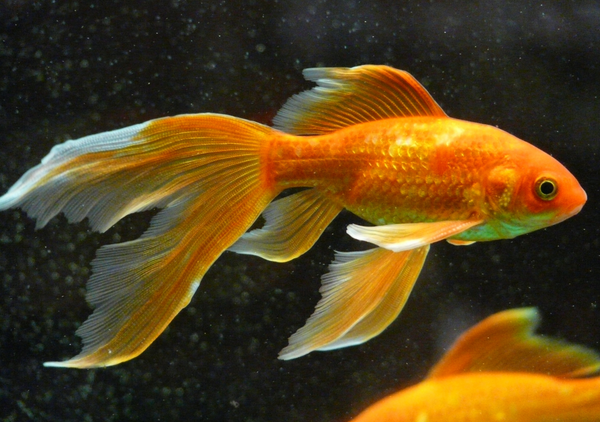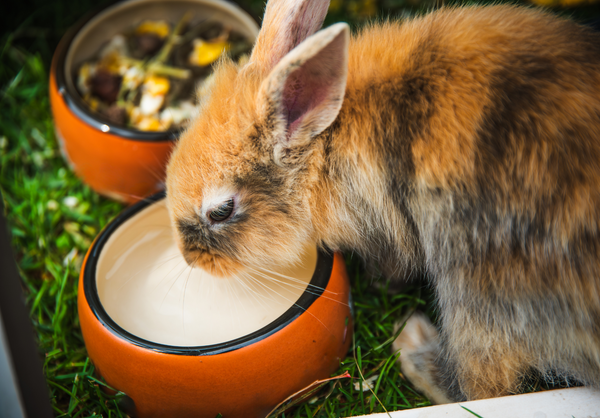The fish keeping hobby is an incredibly rewarding, relaxing, and engaging hobby. With so much to learn and try it’s hard to know where to start. Setting up your first aquarium starts with 5 simple steps.
#1 Type of Aquarium
There are several different types of aquariums, depending on the species of fish you keep.
Community aquariums contain docile tropical fish that require a heater to maintain a water temperature of 75 to 80 F.
Planted aquariums are similar to community aquariums, but live plants are the main focus.
Goldfish aquariums contain goldfish only. These aquariums do not require heaters and must be 20 gallons or larger due to the goldfish’s unique ability to create bio-waste very quickly. Goldfish also grow very large; some can grow as long as 2 feet in length.
#2 Choose your Tank
Starter Kits are excellent options for people new to the hobby. Kits are available in many different sizes and styles, and most come with lighting and filtration. Some kits even come with additional accessories such as a heater, net, dechlorinator, other beneficial water additives, and fish food. The larger the aquarium, the easier it is to maintain ideal water chemistry. We recommend a 20-gallon aquarium as your first tank, they’re a manageable size and on average can contain up to 15 community fish. As a beginning rule of thumb every one inch of fish (thinking in full grown size) requires one gallon of water –1 full grown guppy = 1.4 inches, 20 gallons/1.4 inches = 14 guppies!
#3 Choose the Perfect Location
Placement of your aquarium will help ensure long term success and avoidance of accidents. Keep aquariums away from windows, direct sunlight, drafts, and vents. Place your tank on a strong, stable, and level surface – tanks larger than 20 gallons will require an aquarium stand. 1 gallon of water weighs 8.3lbs meaning a filled 10-gallon aquarium will weigh 83lbs without any substrate or decorations!
#4 Choose Substrate and Décor
There are no wrong answers with substrate and décor, but there are ideal choices for the fish you’d like to keep. Sand is a great option for catfish and cichlids, but you can keep most tropical fish on any substrate you like. Small gravel options should be avoided with goldfish as they like to search through it for food and can end up ingesting it, leading to digestive issues. Live plants are an excellent addition to the beginner aquarium. Consider using a planted aquarium substrate to help feed and fuel them. When it comes to décor avoid any with holes smaller than the fish you plan to keep, and if you want to keep fish with long flowing fins avoid decorations with sharp edges.
#5 Set up your Aquarium
Finally, it is time to set up your aquarium – always read the instructions include with the aquarium and accessories to ensure proper safe usage, such as priming your filter, using drip loops, and acclimating your heater.
- Inspect your aquarium, filter, and heater for cracks.
- Rinse substrates and décor (planted substrates should not be rinsed).
- Place substrate, décor, and plants in aquarium.
- Fill tank with dechlorinated water (use Peter’s Step #1 to dechlorinate tap water).
- Place heater in tank and set desired temperature (let sit at least 30 minutes for internal thermometer to adjust before plugging it in).
- Place filter in tank, ensure it is primed (filled with water) before plugging it in.
While you may want to add fish the same day, wait at least 24-48 hours to ensure the heater and filter are functioning as expected. While you wait, we recommend reading about the Nitrogen Cycle - the next step in the fish keeping journey that will start when you add fish or begin a fishless cycle.
Keep an eye out for our next blog post that will briefly touch on fishless cycling, and how to acclimate and add your first fish to your aquarium! If you have any questions about setting up your aquarium, additional supplies you may need, maintenance, or more information about the fish you would like to keep, contact us, or visit us in store!




